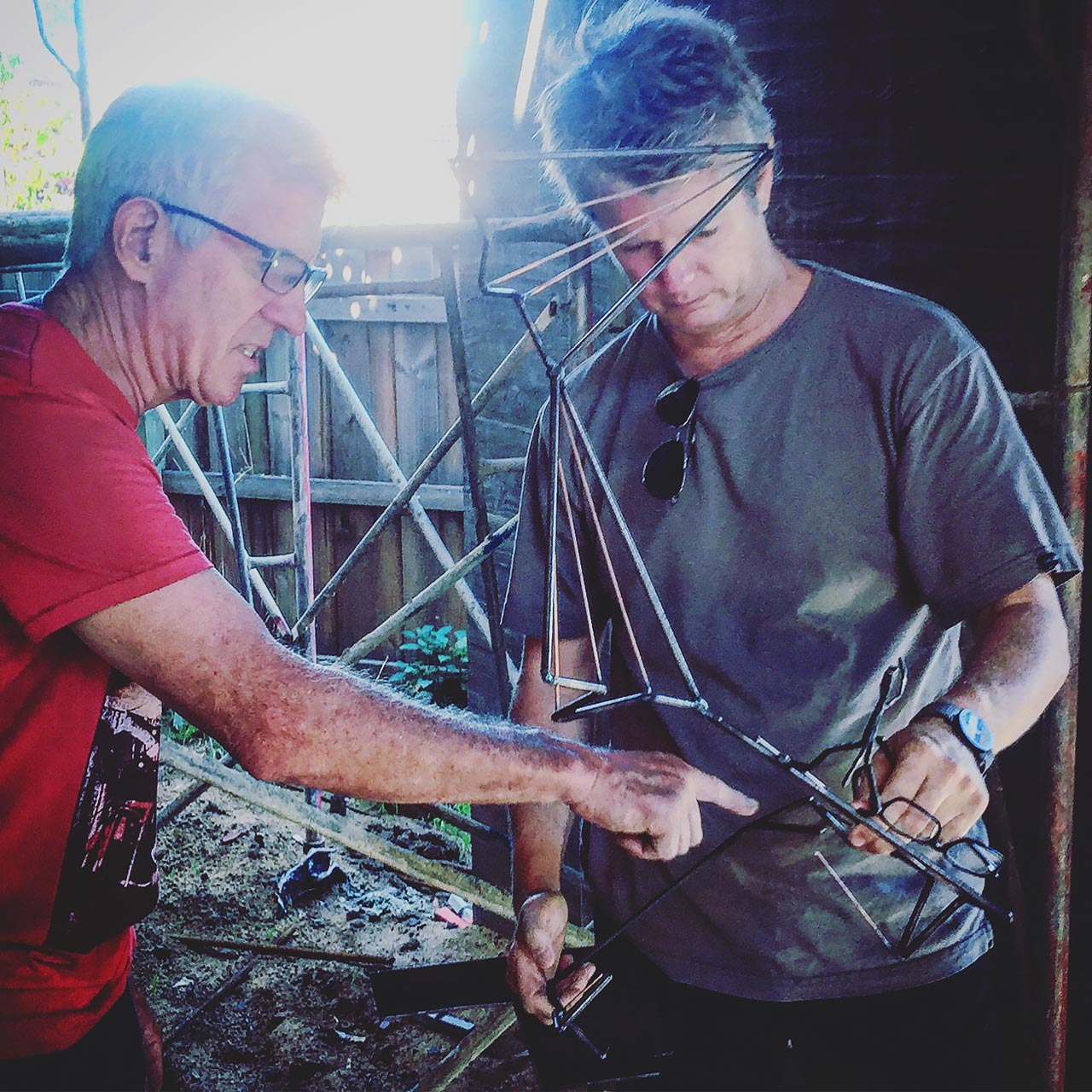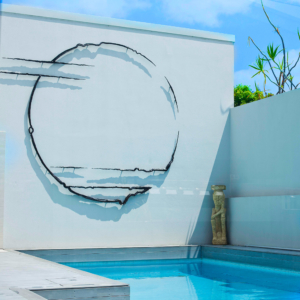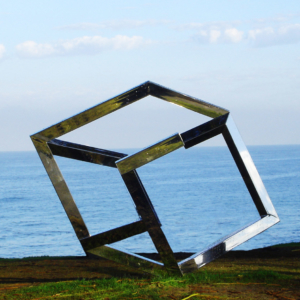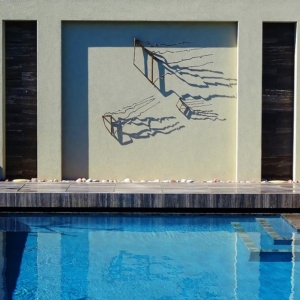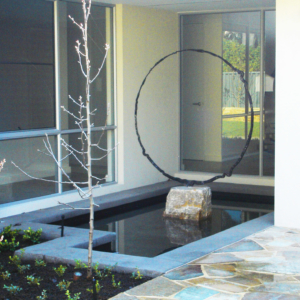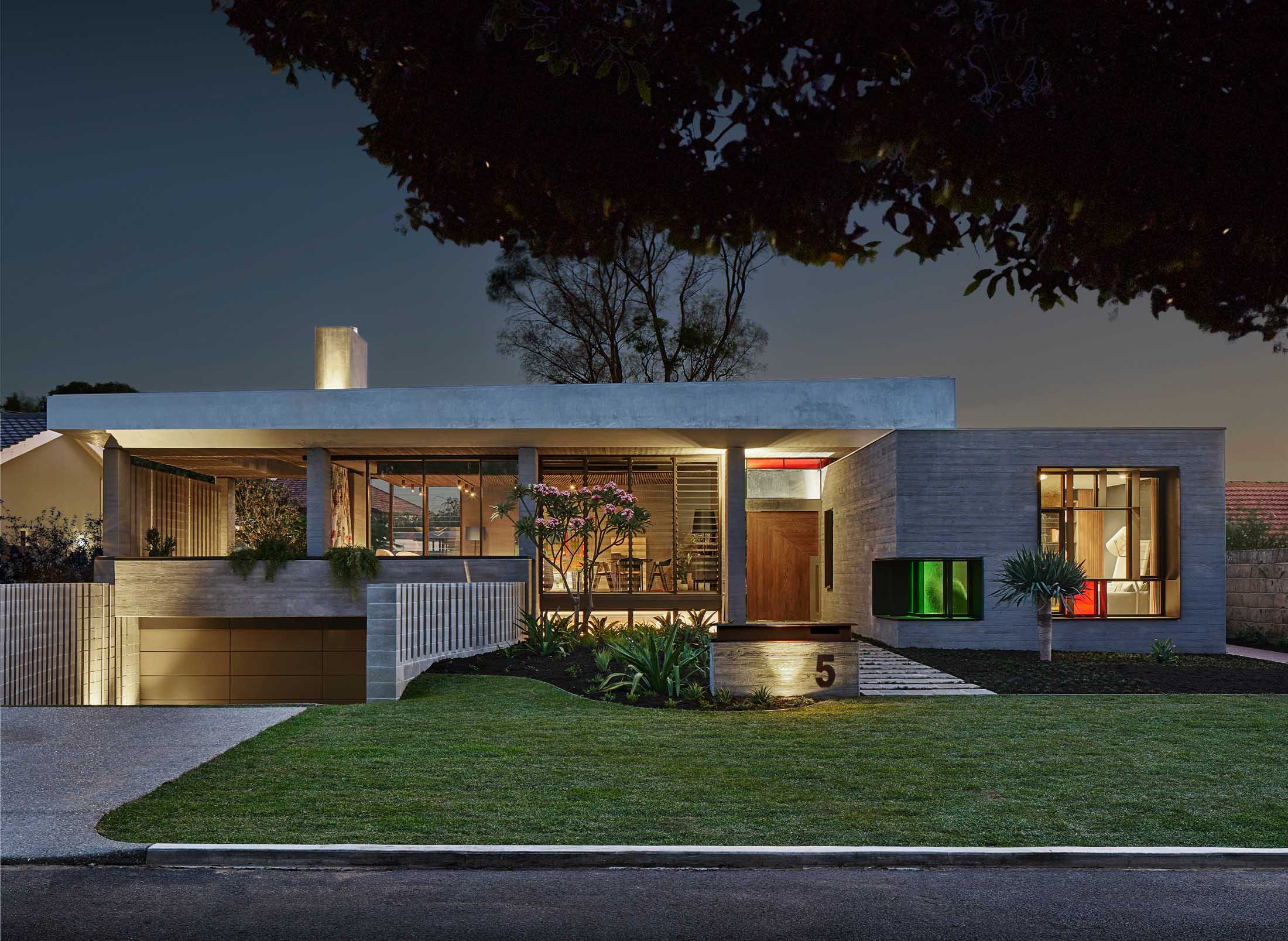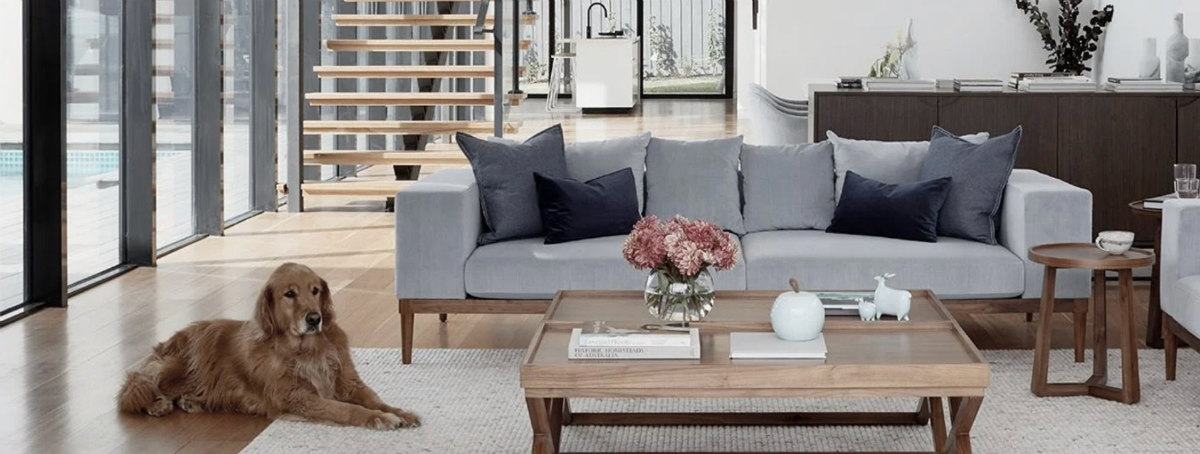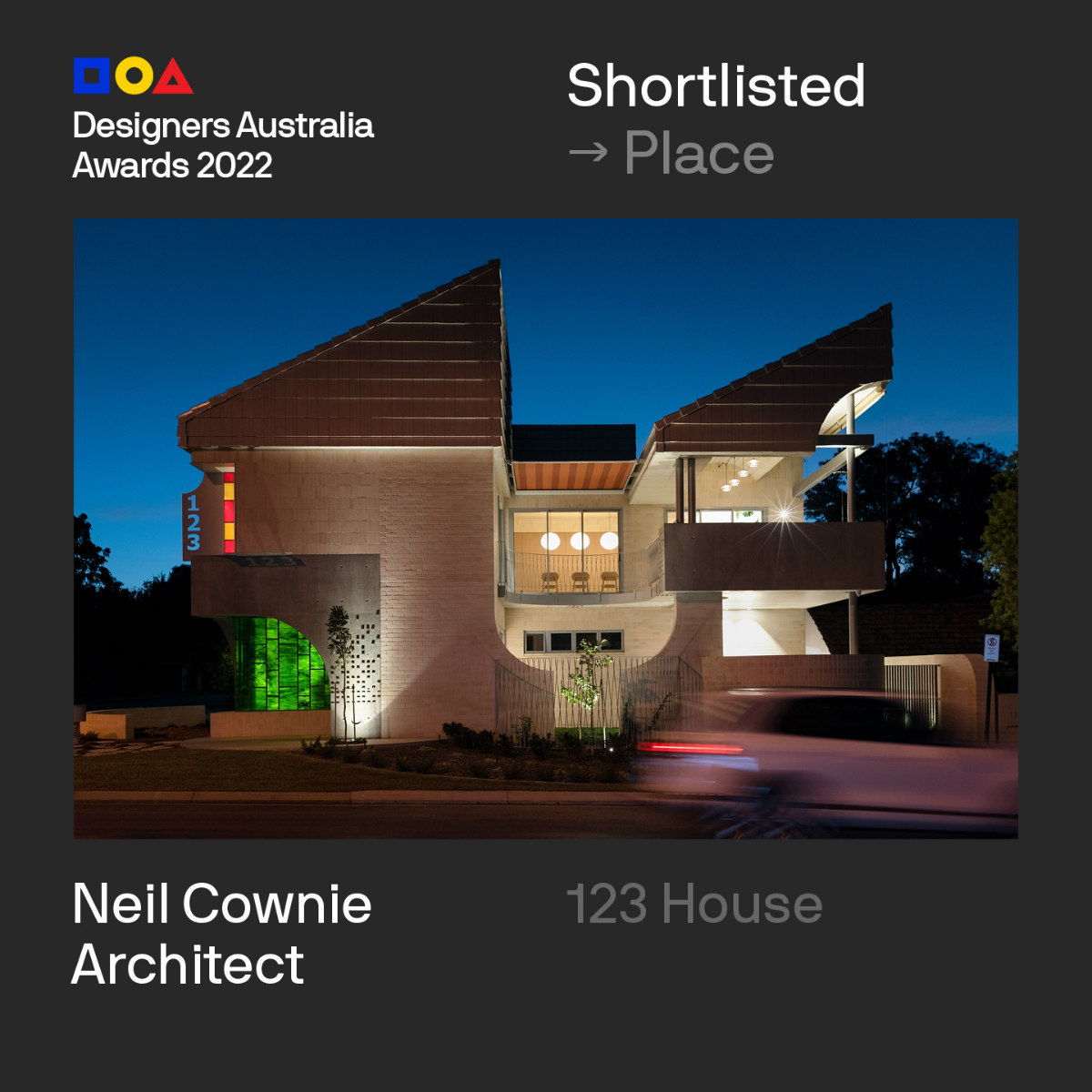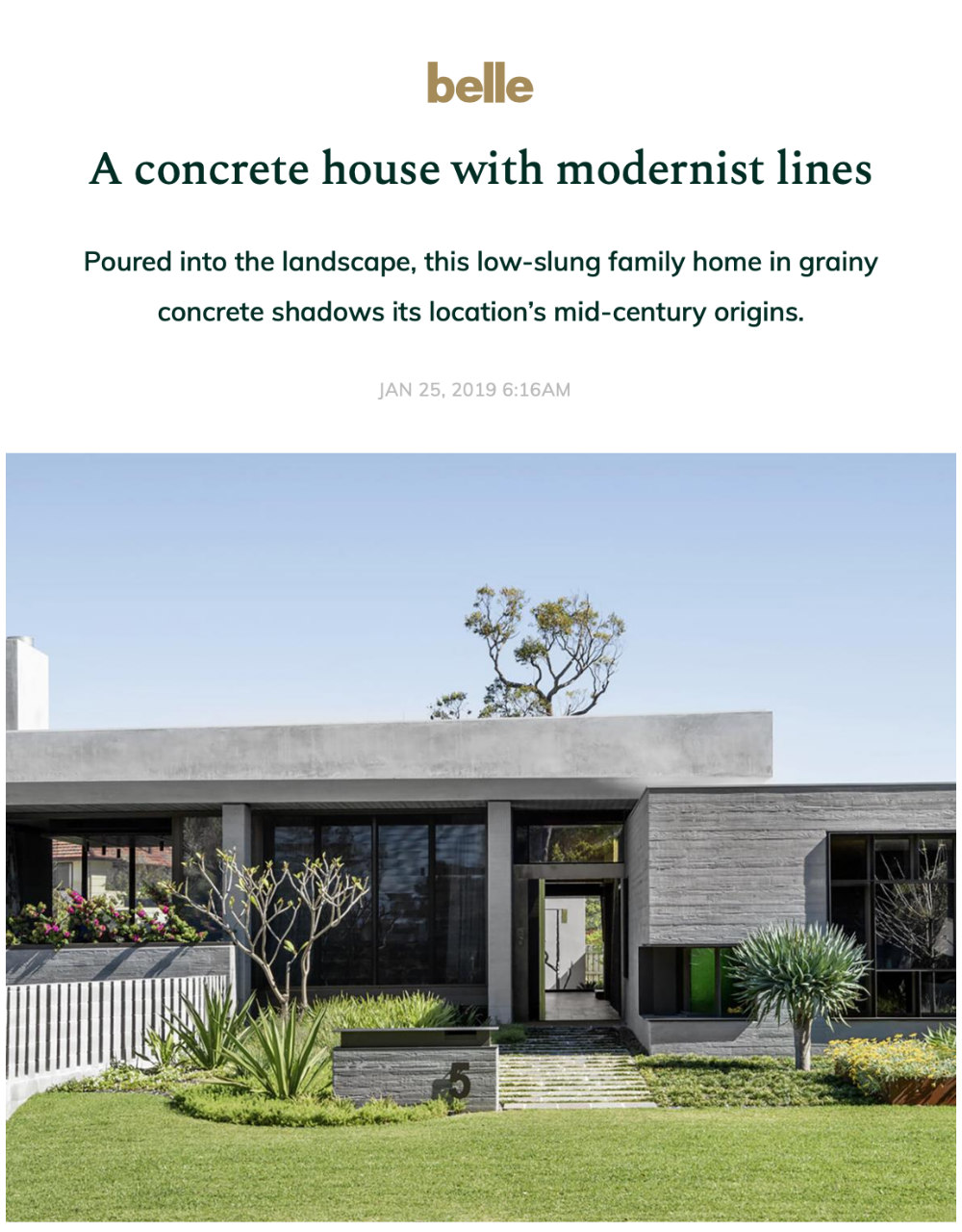In this interview sculptor Peter Zappa speaks about becoming a sculptor, working on a private commission and collaborating with Neil Cownie.
Becoming A Sculptor
Can you describe how you came to be working professionally as a sculptor?
As a child, I spent all my spare time drawing pictures. At that time art wasn’t considered a viable career option and so at the end of Year 11, I followed in my father’s footsteps enrolling in a plumbing apprenticeship. After working as a plumber for over twenty years and having parted ways with my wife, I had time to think about what I really wanted to do. Two things had always burned away in the back of my mind, to study at university and becoming an artist.
In 1999, I signed up for a part-time arts degree at Curtin University. One day at university I was sitting on the grass outside drawing and a voice I vaguely remember said “hello”. It was a young French backpacker I’d met by chance who was renting a house that I’d worked on as a plumber. We got chatting and by a strange coincidence he was also an artist. I invited him into my studio space and after looking at my ‘cubicle of creative mess’ he said “your paintings are good but I think your sculpture is really cool”. From that day, I stopped painting and became a sculptor.
Family Influence
What do you love about sculpture?
I like all the arts, but sculpture’s my thing. I’m drawn to its tactile quality and time seems to float when I’m working in my studio. I suspect that it harks back to my childhood when I watched my Dad sharpen his chisels with his welding gas. I loved the noise, the flame and physicality of watching my father masterfully work metal.
Working With Space
As a child you make dot-to-dot pictures. Plumbing is similar to the ‘dots and lines’ but in plumbing the dots have become ‘taps’ and the lines replaced with pipes. Sculpture is not restricted to two dimension; it is working in space.
The Modernist Home Project
You’ve been working with Neil Cownie on a commission for a private residence in Floreat. Can you tell me about that project?
Neil approached me out of the blue. He sent me an email introducing himself and said “I like your work, I like the way you do what you do.” Neil went on to explain that he has a strong interest in modernism and that he thought my style would work well with a residential project he was doing. It was like winning a lottery that I hadn’t entered. When anybody approaches me about art, it’s very flattering.
Neil arranged a meeting for me with his clients, Brad and Lisa. They came out to my factory space which passes for an art studio to see what kind of work I do. I think it was about seeing if we were compatible and if there was the potential to work well together. Neil, Brad and Lisa came across as really nice people who appreciate art. They have very clear ideas about what they like and don’t like and that made it much easier for me. Brad and Lisa did say that they have children and that they would like a sculpture that had elements of fun and whimsical and I love making art that is positive.
Collaboration
What’s it like to work in collaboration with an architect like Neil?
It’s a pleasure. Neil is very personable, highly professional and very collaborative in how he works with an artist. Neil helps you understand what aesthetic he wants to create and is receptive to new ideas. His approach is to have an open mind and I think that’s great. That’s a great creative collaboration.
The Joy of Private Commissions
What do you enjoy most about working on a private commission?
Private commissions are really positive experiences. You get to work intimately with the client on a creative journey. Larger commissions can be about compromise as more people are often involved. I enjoy getting to know people and developing a feel for their aesthetic. We discuss everything – what the sculpture is about, its size, the materials, its location and possible colour or finish. I think people enjoy being part of the process and really care about what is being produced. That inspires me.
Sculpture In Homes
What are the feelings you want people to have about your work when it’s been created and it’s in their home?
I want it to make them feel good for no particular reason. I’ve noticed that people who like my work all have a similar response, they tell me, “I don’t know why but whenever I walk past your sculpture, I feel happy and positive.”
Do you feel sculpture should be accessible?
Some people like sculpture from an intellectual point of view and that’s great because I do too. If, however, an artwork has no visual appeal or doesn’t attract my gaze, then to me it doesn’t work as a piece of art. Even if you don’t know what a sculpture is about, the sculpture should still beckon you visually in some way otherwise it is just an object.
Neil Cownie Working With Artists
What would you say to somebody who is thinking about working with Neil to build a home that might involve some art?
Neil is passionate about art and architecture. He has a soulful response to art and understands how it can work inside a home. If you are looking for an architect who can work well with artists, Neil is a great choice because he really gets it. He knows how to collaborate with an artist to get something that works well in the house and that the clients will love.
The Universal Appeal of Sculpture
How important is your art to you?
People say to me “you’re really passionate about art.” My response is to say, “No. I’m not passionate about art, it’s an addiction, but it’s a healthy addiction that enhances my life and hopefully the people who engage with my work.” I would go crazy if I couldn’t do it.
To me sculpture is the purest art form because when it works it engages both your mind and body because it exists within real space and time. Sculpture is not an abstract image confined within a frame or screen.
To commission a sculpture for a family home is a choice to make a physical statement that says something about who lives there. Unlike other art forms, sculpture requires its own space within the home just like a family member. A sculpture should contribute in its own way to family life by adding something special that enhances the everyday lives of the family who commissioned its creation.

